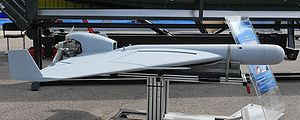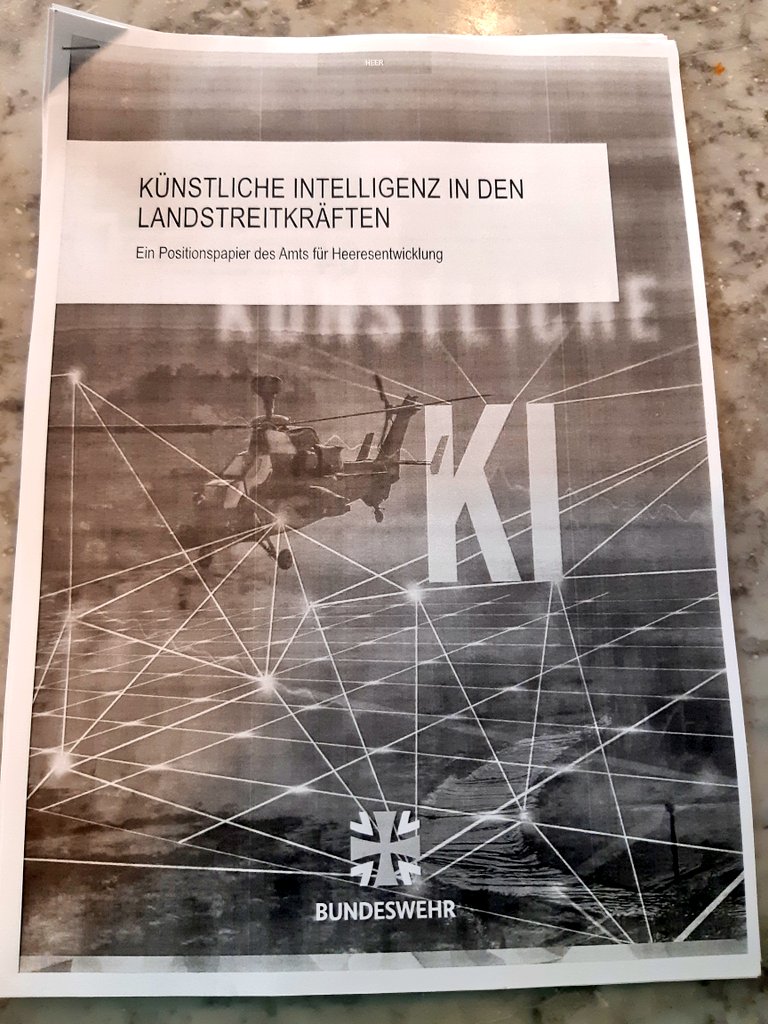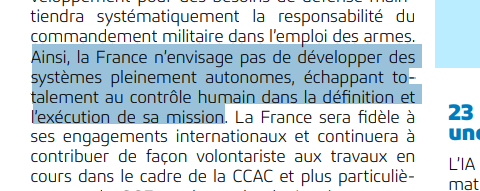
Today, the #Bundestag defence committee will hold a hearing on armed #drones for the #Bundeswehr. Instead of reposting the 50 000 pieces I've written on this, here is a thread on two previous instances where Germany tried to acquire armed drones.
#Drohnendebatte2020
#Drohnendebatte2020
(Spoiler: these acquisition & development projects did not go well.)
We are in the 1979. It's the Cold War. France and West-Germany decide to develop a #drone together, named Brevel.
I can't remember the exact time line, but the #drone eventually became known as #KZO. And it also wasn't just one drone anymore, but a whole drone family with four vehicles, based on the same model but carrying different payloads.
Of the four types, only one saw the light of day - and was simply called KZO. KZO is unarmed and still in use with the Bundeswehr 👇.
The three other types – KDH, Mücke, and Fledermaus met an inglorious end. KDH is the system we're interested in here.
bundeswehr.de/de/ausruestung…
The three other types – KDH, Mücke, and Fledermaus met an inglorious end. KDH is the system we're interested in here.
bundeswehr.de/de/ausruestung…
KDH stood for Kampfdrohne Heer, or ‘Combat drone for the Army’. It was later renamed Taifun, ‘typhon'.
KDH was planned to be a tactical-size, fixed-wing armed drone. Reading the requirements for the KDH today is pretty funny...
KDH was planned to be a tactical-size, fixed-wing armed drone. Reading the requirements for the KDH today is pretty funny...
We are in the late 1980s, but the requirements are ambitious even by today’s standards. For example, KDH was supposed to be “able to independently identify enemy tank formations, command posts, and helicopters, recognise them as targets and fight them on the ground”.
Other sources further mention swarming and autonomy.
KDH was planned to fly for up to four hours at 150km/h and would have carried a 20kg armour-penetrating warhead.
#Drohnendebatte2020
KDH was planned to fly for up to four hours at 150km/h and would have carried a 20kg armour-penetrating warhead.
#Drohnendebatte2020
This is important, because despite the system being called drone, KDH would today rather be classified as loitering munition: KDH/Taifun swooped into its targets in a terminal dive, the drone being destroyed as a consequence.
In any case; KDH/Taifun was clearly influenced by the Cold War as it was designed “for defence against invading enemy armoured formations". The concept phase began
in 1988, procurement was planned for the end of the 1990s; that date was later pushed to 2005–2011.
in 1988, procurement was planned for the end of the 1990s; that date was later pushed to 2005–2011.
A first prototype completed its maiden flight in 2002. By then, however, two things had happened. First, the Cold War had ended. Second, the French had left the cooperation (in 1996).*
*leaving the project, the French argued the system had become obsolete 10 years ago.
*leaving the project, the French argued the system had become obsolete 10 years ago.
And the KDH just didn't deliver. It was technologically too ambitious, the development too expensive, and the need for such a system debatable. The project was eventually stopped in 2006.
KZO however - so one of the drones of the family - was eventually built, though it entered service a decade late and at considerably higher costs than estimated. It was used in Afghanistan. KZO was supposed to be retired a few years ago, but as far as I can see, it is still used.
Next up: the DAR - Drohne Anti-Radar.
#Drohnendebatte2020
#Drohnendebatte2020
So what was the DAR?
In 1989, the Luftwaffe signed a contract for the development of an anti-radar drone - or DAR - fitted with explosives and designed to combat enemy air defences.
In 1989, the Luftwaffe signed a contract for the development of an anti-radar drone - or DAR - fitted with explosives and designed to combat enemy air defences.
DAR was supposed to fly along a pre-programmed path with a reach of several hundred kilometres. Once a target was identified, the drone would nose-dive, destroying the enemy radar upon impact. So again, despite the name, we are talking loitering munition more than #drone.
Two prototypes were produced, with a wing-span of 2m, a take-off mass of 110kg and a maximum endurance of three hours. 

According to some documents I found, Germany had planned to procure 4000plus DAR drones, though that sounds like a lot. Reportedly, the UK also wanted to buy the system.
DAR equally became a casualty of the German post-Cold War defence budget overhaul of 1992, and was abandoned.
However, and this is a twist few people know about - look at the picture above. Does it remind you of another system? One that is quite a bit in the news lately?
We've been hearing quite a bit about the Harpy, or rather its successor model, the IAI Harop, as this is one of the systems Israel has exported to Azerbaijan, and which the country has been using in the current conflict with Armenia.
But what's the DAR - Harpy link?
Well, DAR and Harpy were developed in parallel. Some reports from the time describe DAR and Harpy as "virtually identical".
Well, DAR and Harpy were developed in parallel. Some reports from the time describe DAR and Harpy as "virtually identical".
I couldn't quite find out how much of this similarity was due to actual cooperation between the companies - some reports suggest they both use the same technology. But in any case - DAR was abandoned, Harpy/Harop became a successful - and highly controversial - system.
• • •
Missing some Tweet in this thread? You can try to
force a refresh









